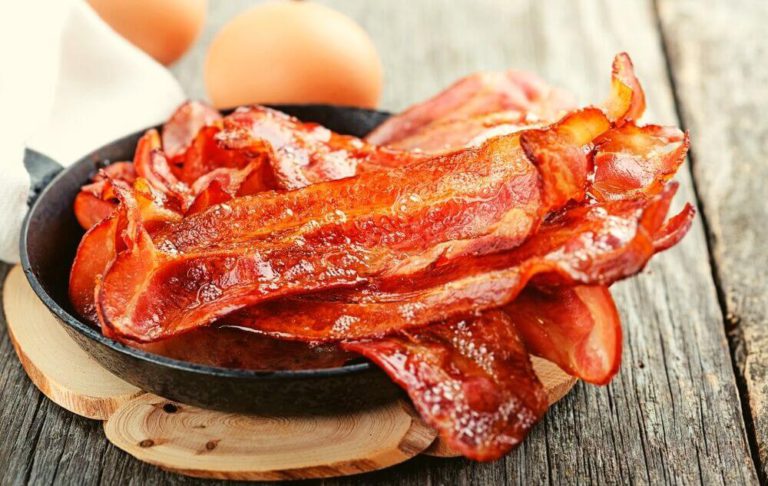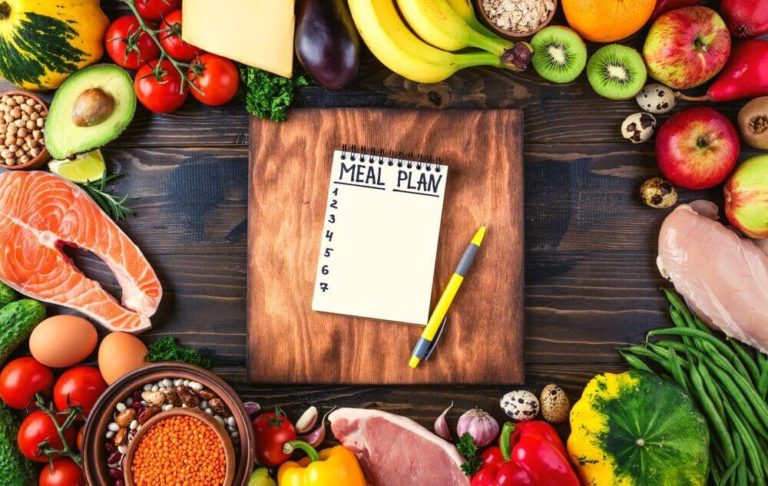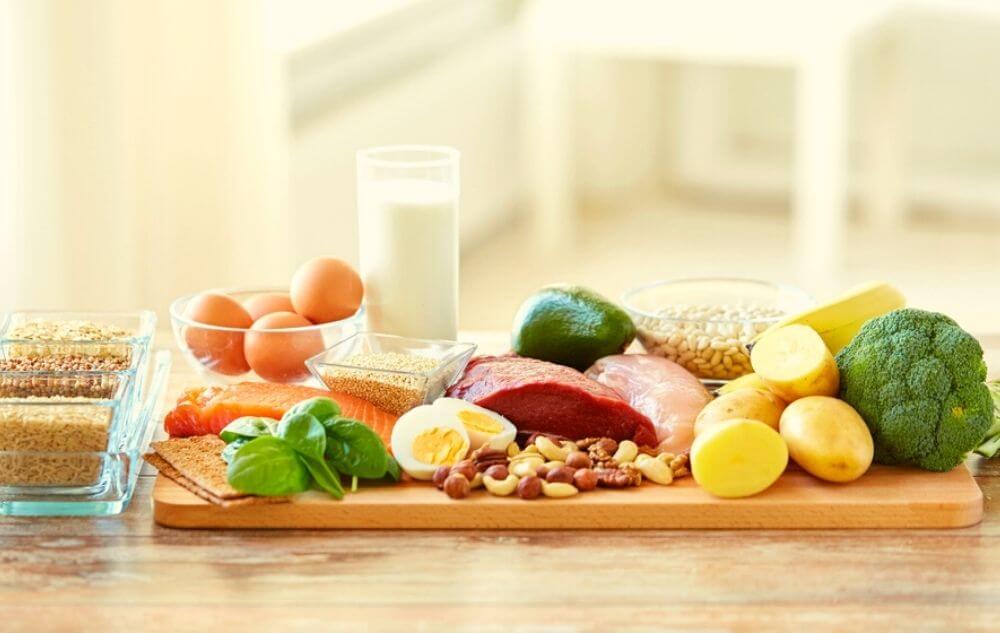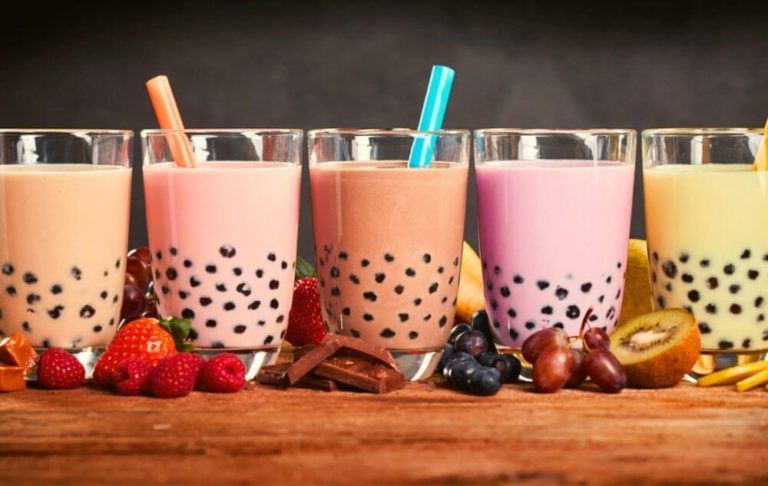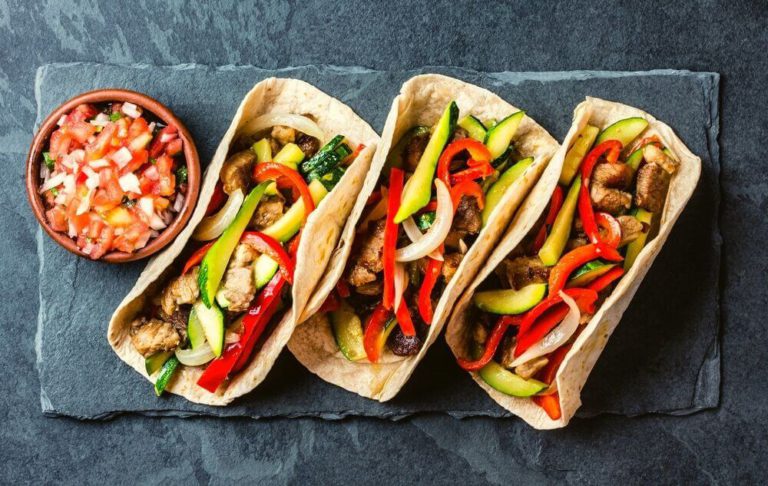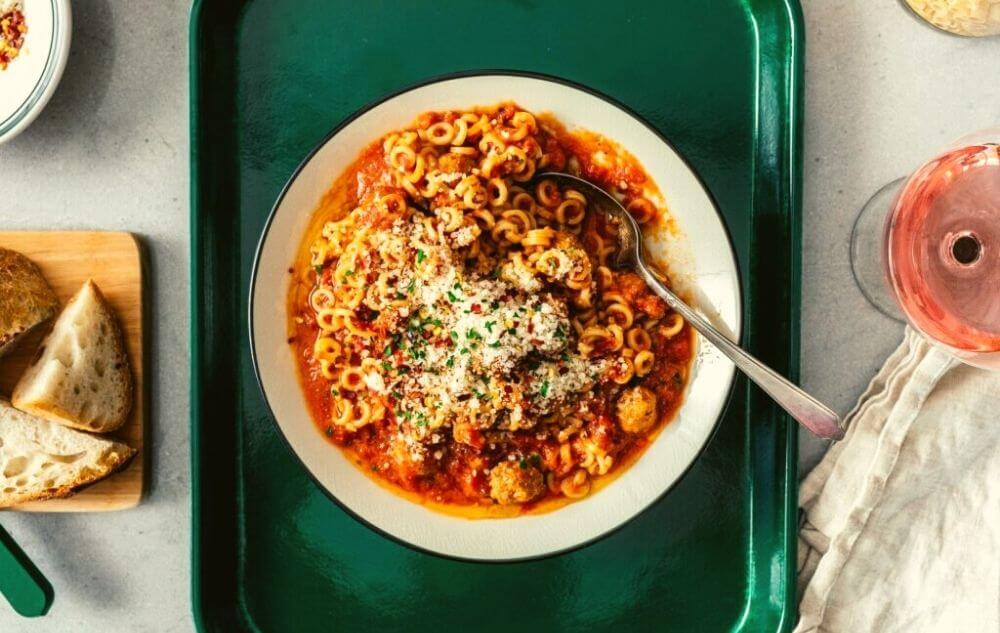If you have a habit of cramming snacks down, there is a fair bit of possibility that you have heard about—or even tried Cheez-Its at least once. And if you have, you already know the crunchy sound of the crackers paired with the cheesy flavor of each bite.
And to top it off, the overwhelming saltiness is a signature, and it stays on your tongue for as long as it stays in your mind. But just like most other processed food, there remains a question needed to be answered: Is Cheez-Its healthy? Today we will answer this question.
You may also like: Are Ritz Crackers Healthy
Is Cheez-Its Healthy?

The shorter answer would be a no. Cheez-Its are not the best snacks for you if you are concerned about health factors. And it is not unlike most other snacks you will find yourself looking at while walking through the aisles of the big super shops.
But what makes Cheez-Its specifically so unhealthy?
Lacking in Nutritional Values:
To consider any food healthy, you have to consider the nutritional facts. And if you do that with Cheez-Its, it is clear that it is not the most wholesome ingestible you can get for your money.
Cheez-Its contain an insignificant amount of essential minerals, like Potassium, just 30 milligrams. It also packs a minimal quantity of dietary fibers, just 0.5 grams. The crackers also accommodate a minuscule protein of just 3 grams per serving.
But only lack of good minerals does not contribute to it being this unhealthy. It also is filled with harmful amounts of sodium and fat. There are 8 grams of total fat in one serving—of which 1.5 grams are saturated.
Further, there is a copious amount of sodium in these crackers, making up to 10% of the daily sodium requirement from just one serving.
Now, these numbers might seem to be small and insignificant. But you cannot ignore the sheer addictiveness of the crackers. For most people, it is practically impossible to practice self-restraint when it comes to these.
And if you are one of them, you will end up mindlessly devouring one after another pack of these crackers—the cumulative effect of which is pretty harmful.
While nutritional facts on the packaging body say 0 cholesterol, there is a catch. The excessive amount of saturated fat will increase bad cholesterol in your blood vessels, which will inevitably lead to a heart attack or even a stroke in the long run.
And the excessive quantity of sodium can too lead to heart issues, stroke, or even stomach cancer. Sodium can also contribute to fluid retention in your body, causing kidney problems and uncontrolled blood pressure.
You may also like: Are Pop Tarts Healthy
Number of Calories in these:
Each serving of Cheez-Its contains approximately 150 calories. And it is to be kept in mind that each serving is only 30 grams. Even though a serving of 27 crackers sounds like a big number, as the weight of a serving suggests, they are pretty small. You can fit around 10 of these in your palm with ease.
If the math is done, each small cracker contains 5.56 calories. Considering the size of the crackers, that is a significant number. And as mentioned earlier, they are incredibly addictive, leading to most people munching on them without keeping any count. So, it is pretty easy to over-eat these if you are not wary.
It will take you around 40 minutes of moderate pace walking to burn off just 150 calories to put things into perspective. And if you have consumed more than the suggested serving, it may take you more!
The total calories taken in a single session might be way over 150. In that case, it becomes nearly impossible to spend all the calories consumed, leading to weight and fat gain.
Harmful Preservatives:
If you have been wandering around the snacks aisle in super shops, you might have noticed that the shelf life of Cheez-Its is pretty long. And the reason behind it is the preservative that is used in them.
The preservative goes by the name of tert-butylhydroquinone; TBHQ in short. It is a synthetic food antioxidant made from butane. TBHQ is used to prevent foods from being oxidized and getting inedible. It elongates the lifespan of the food, but it does come with a cost.
As per the tests done on lab animals, it can cause enlargement of the liver, paralysis, and disruption of the nervous system. In some cases, it can even cause an imbalance in eyesight.
Even though these tests were done on animals, they say a lot about what they can do to the human body—if consumed over the limit.
So, at this point, it’s safe to say that Cheez-Its is not very secure—but it is also to be remembered that it is not different from any other processed snack out there today. Most of the snacks contain little to no healthy ingredients and tend to be filled with harmful preservatives.
But after all, these are not meant to be consumed regularly or in a large quantity. Even though they are taken beyond the limit, they should not be. And neither are they supposed to be.
You may also like: Are Nutri Grain Bars Healthy
Frequently Asked Questions (FAQs)
Does Cheez-It make you fat?
Chees-It can make you fat due to the high calorie count.
Are Cheez-Its better than chips?
Compared to chips, they have smaller amount of saturated fat. However, they’ve similar amount of sodium and other additives which are unhealthy.
Why are Cheez-Its addictive?
It can be addictive as its diary proteins often work as mild opiates.
Final Words
Cheez-Its is nothing but comfort food. And if you enjoy them, it is your responsibility to do so in moderation. Nothing can be wrong within reasonable limits—and Cheez-Its is no exception.
To find a tasty, processed snack that is healthy is like catching lightning in a bottle, and Cheez-Its is not that. So, to answer the question: Is Cheez-Its Healthy? The answer is a no in every world. But through moderation and being responsible, we can lower the harm it can do to us—while still enjoying this tasty snack now and then.









